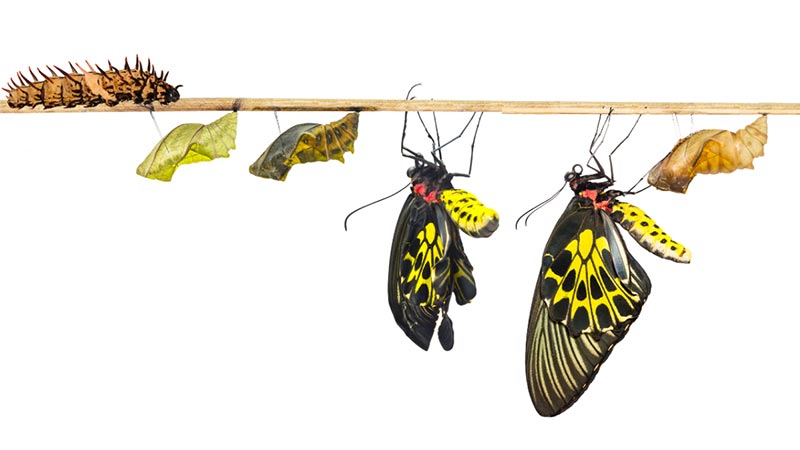
The Life Cycle of Pests: Understanding Their Behavior for Better Control
Pests, those uninvited guests in our homes and gardens, seem to have an uncanny ability to appear when we least expect them. Whether it’s the pesky ants marching across your kitchen counter or the stealthy mice scurrying in the attic, understanding the life cycle and behavior of common household pests is essential for effective pest control.
In this blog, we’ll delve into the fascinating world of pests, shedding light on their life cycles and behaviors, and offering insights on how to keep them at bay. For residents in Virginia Beach looking for expert assistance in pest control, understanding these pests is the first step toward a pest-free home.

1. Ants: The Persistent Invaders
Ants are social insects that live in colonies, and they’re known for their teamwork and determination. They go through four stages in their life cycle: egg, larva, pupa, and adult. During the warm months, you’ll often see ants foraging for food, with scouts leaving pheromone trails to guide the colony. To keep ants at bay, it’s crucial to eliminate food sources, seal entry points, and use ant baits strategically. For those seeking professional pest control in Virginia Beach, experts can provide targeted solutions for ant infestations.
2. Cockroaches: The Nocturnal Nuisances
Cockroaches are renowned for their resilience and adaptability. Their life cycle involves incomplete metamorphosis, encompassing three stages: egg, nymph, and adult. These nocturnal pests are masters at hiding in cracks and crevices during the day and emerging at night to scavenge for food. Effective cockroach control involves keeping your home clean, sealing entry points, and using cockroach baits and traps. When facing a severe infestation, consider reaching out to pest control professionals in Virginia Beach for a comprehensive solution.
3. Termites: The Silent Destroyers
Termites may be small, but they have a colossal appetite for wood and cellulose materials. Their life cycle includes egg, nymph, and adult stages. Unlike many pests, termites are subterranean and can remain hidden for years, making them especially dangerous. Regular termite inspections and preventive measures, such as maintaining proper ventilation and minimizing wood-to-soil contact, are essential for termite control in Virginia Beach. If termites are detected, immediate professional intervention is critical to prevent structural damage.
4. Mice: The Sneaky Intruders
Mice are warm-blooded rodents with a rapid reproductive cycle, making them a common household pest. Their life cycle includes birth, growth, and reproduction, with a single pair capable of producing numerous offspring in a short time. Mice are agile climbers and can enter homes through small openings. Effective mouse control involves sealing entry points, keeping food stored securely, and using traps or bait stations. If you’re facing a persistent mouse problem, consulting experts in pest control in Virginia Beach is advisable.
Conclusion
Understanding the life cycles and behaviors of common household pests is essential for effective pest control in Virginia Beach or any other location. While DIY methods can be useful, severe infestations often require professional intervention. By being proactive and implementing preventive measures, you can create a pest-free environment in your home, ensuring a more comfortable and enjoyable living space for you and your family. Remember, knowledge is your best weapon in the battle against household pests.

